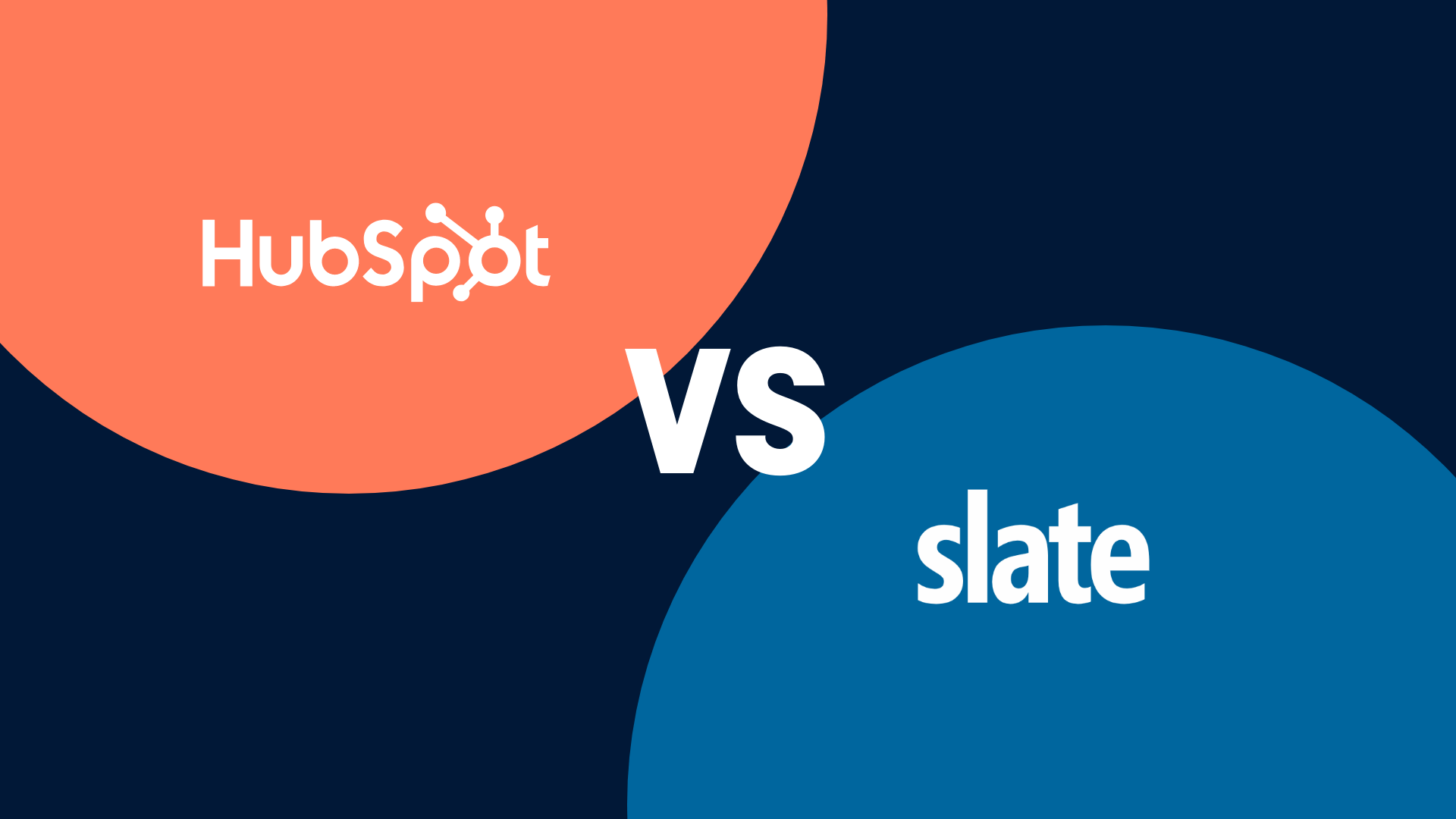As a higher ed professional, I don’t even want to count how many things have changed within student recruitment since I got started in enrollment management. However, of all the admissions-related items that have morphed, events - as a general category - is arguably the one that has transitioned the most. Events have been, for many offices, the steadfast and stalwart calendar mainstays; at times acting as the central pillars of planning, budgeting, and conversion. However, some of the more recent recruitment cycles have led to a significant metamorphosis (or worse) of on-campus open houses, personal and group visits, admitted student days, and the like.
One thing that didn’t change was this: pulling off a successful event requires good marketing campaigns! Let’s take a look at what made the biggest impact of success from the DD data set.
Regardless of what type of college event you are marketing, there are several things you should implement in order to maximize audience engagement with your event marketing campaign and, ultimately, attract the largest possible crowd.
Trait # 1 — It’s Not Too Late to Diversify Channels
It’s no surprise that many professionals in the enrollment space have gotten angst-ty about the “digitization” of student events, and for a good reason. For many programs, events can account for some of the best conversions to enrollment. Thus, changing or canceling events can present a big problem for potential yield, especially if they flop or don’t get the attendance they need.
In short, having a single-channel marketing strategy isn’t enough for big, conversion-centric events.
Building a beautiful, multi-message email drip campaign for an event might have been good enough. But if we’re being honest, putting all your eggs in the email basket isn’t enough to win in today’s hyper-competitive market. You need a channel strategy that aligns with the value and the anticipated conversions of your event.
Here is what I mean: If you are hosting an info session (either digital or in-person) that leads to a high number of applicant conversions in your system, the event marketing campaign should reflect this. I have already mentioned email (maybe this is a “no-brainer”), but also consider these channels:
1. Your Website
Major campus events deserve a prominent space on the website. Clients of DD Agency who included their website in the outreach plan had 32% more landing page views along with 3X more submissions and RSVPs.
2. Social Promotion
Not every institution has loads of money to spend on digital; it can be a complicated and expensive (re: non-sustainable) short-term strategy. Regardless, some should be done if the event converts. And remember, paid social media ads are more effective at generating new contacts compared to paid search.
3. Direct Mail
This will be expensive... so use postal mail for students who have persistently shown high engagement. Not sure how you can track engagement? Contact us to understand the “how-to” options!
4. Email Marketing
Maybe this isn't a no-brainer — I shouldn’t assume! Maximize the power of your CRM by leveraging a comm flow that is personalized, automated, and delivers a series of at least 4 invitations to the event (this is the sweet spot for event campaigns).
Trait # 2 — Calling All CTAs!
DD Agency has been promoting and tracking events for over a decade. We have seen thousands of messages, we have written many of them, and A/B testing is what we do — it’s in our company DNA. Within this testing, our clients have agreed to different CTA options (CTA stands for “Call To Action”) in order to see what gets the best results.
An important caveat here is that, while DD Agency and our clients do care about open rates, the top-level measure of performance that we care much more about is click rate. [If you really want to nerd out on attribution, schedule a meeting with me and I will show you how DD Agency really thinks about this.]
Event invitations are obviously focused on an event or a slice of events for the semester. Hopefully, you are thinking that the primary CTA should be about “registering” or “submitting an RSVP” for this event because that is what works best. You need to make that the primary offering. But, event invitations should never be limited to just that. DD’s research has shown that event invitation emails that offer 3+ secondary calls-to-action generate the highest click rate, nearly 60% higher than the average.
My mother-in-law often uses the phrase, “Moderation in all things, including moderation.” How does this apply, you might ask? If you are writing a 2-sentence invitation or are putting together a social media post, having 4 links or CTAs will be overwhelming to the reader — so don’t do that.
However, if you are designing (or redesigning) your entire student email comm flows or your institution’s entire recruitment strategy (including emails, web assets, etc) for events as you head into the next cycle, make sure you include at least one primary CTA button and 3 or more secondary CTAs on the items that should be laced with more.
Trait # 3 — Don’t Forget the Thank You
It’s tempting to think of event campaigns mostly as invitation campaigns — a one-way outreach mechanism. But outbound marketing should NEVER just be about pushing the message or alerting the audience. It’s about encouraging engagement and creating interest (which is demonstrated through interaction: opening an email, clicking on a social post, responding to a CTA, registering for the event, etc).
But, keep in mind one cardinal rule: Effective event marketing campaigns should never be void of ‘thank you’ messages. Don’t forget to express gratitude to the reader for engaging with our content!
On average, our clients achieve a seriously strong open rate of over 75% on ‘thank you’ trigger emails to event registrants. Even better, 1 in 4 of those opens will click through the CTAs within the message.
Not only is the message important to “confirming the activity” of the prospect, but the proliferation of primary and secondary CTAs in the ‘thank you’ message(s) will perpetuate the engagement and potentially speed up the conversion to the next stage of the enrollment process. Underestimating the value of these messages could, unknowingly, halt (at the very least, hinder) the engagement of a student who is actually ready for more.
Beyond Vision to Implementation
Since I got started in higher ed (way back in 2007), many enrollment management practices have changed a great deal, and, let’s face it, some of them really needed to change. Admittedly, while some transitions are hard to adopt, the exercise of evaluation and outcomes of the struggle are oftentimes rewarding and should lead to better results. Hopefully, changes to your events and event marketing campaigns will be viewed the same way!
As you think about your upcoming event marketing campaigns, the tactics described above can lead your team and your institution to better results, including more engagement, better registrations, and transformed lives because of the product of higher education that you are offering.
After all, this is the goal at the end of the day, right?
Want to brainstorm together? Connect with me.
If you’re looking for ways you can splice up your content, analyze your data, or just need a sounding board, let’s chat!







